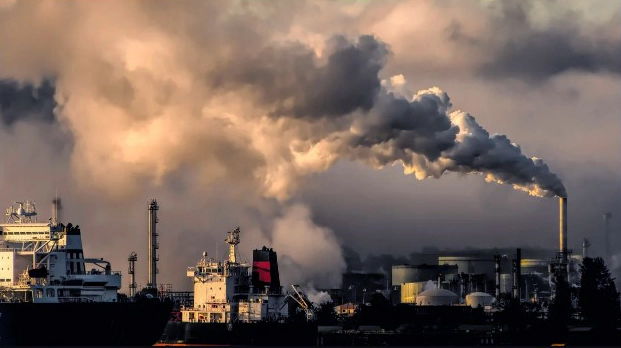Carbon dioxide levels in the atmosphere reached 420 parts per million (ppm) in April 2022, the highest level ever recorded in human history. The monthly mean baseline carbon dioxide (CO2) at Hawaii’s Mauna Loa Observatory was 420.02 ppm in April 2022, according to the Scripps Institution of Oceanography at UC San Diego. The National Oceanic and Atmospheric Administration (NOAA) later confirmed this, with statistics showing that levels hit 421.33 ppm on May 4, 2022.
The data show how human activity is drastically altering our world — and how we aren’t doing nearly enough to mitigate our influence. Carbon dioxide is one of the most important greenhouse gases associated to climate change since it persists for millennia in the Earth’s atmosphere. Although this heat-trapping gas is naturally found in tiny amounts in Earth’s atmosphere, its concentration has been rising since the Industrial Revolution in the 19th century as a result of human activities such as burning fossil fuels and deforestation.

Because of its high altitude and distant position, the Mauna Loa Observatory in Hawaii is used as a global background reference for CO2 in the atmosphere. Since 1958, when carbon dioxide levels were less than 320 parts per million, measurements of carbon dioxide concentration have been taken here, making it the longest continuous record of carbon dioxide measurements in the atmosphere. For the time being, this new data is considered preliminary, but it follows a clear trend that has been developing in recent decades. Carbon dioxide levels at the Mauna Loa Observatory have been slowly growing year after year, with ppm routinely above 400 over the last decade.
To put things in perspective, the last time global carbon dioxide levels regularly exceeded 400 ppm was roughly 4 million years ago, when the planet was around 3°C (5.4°F) hotter and sea levels were substantially higher than they are now. Carbon dioxide levels in the atmosphere fluctuate seasonally, with the greatest monthly mean value occurring in May, shortly before northern hemisphere plants begin to absorb enormous amounts of carbon dioxide from the atmosphere during the spring growth season. As a result, the monthly average for May is expected to be higher than April’s.
“May will most certainly be much higher,” Pieter Tans, a senior scientist at NOAA’s Climate Monitoring and Diagnostics Laboratory, told Axios. “We need to concentrate on reducing emissions, and we haven’t had much progress internationally since the rate of CO2 raises remains as high as it has been in the previous decade.”














